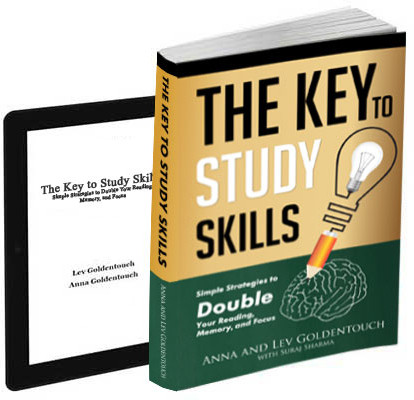Train Your Brain to Recognize Patterns and Accelerate Your Learning
Some people learn slowly. Others seem to breeze through complex topics with ease. What separates them isn’t just intelligence—it’s the ability to recognize, build, and apply mental templates. These invisible tools silently govern how we perceive information, how we solve problems, and how quickly we can transfer skills from one area to another. In short, mental templates are the unsung heroes behind every great polymath.
This article will take you on a journey through the concept of mental templates, why they matter, and how training your brain to use them can transform your ability to learn across disciplines. More than just an educational insight, this is an invitation to rethink your perspective forever.
What Are Mental Templates?
At the most basic level, a mental template is a pre-existing internal model your brain uses to recognize, organize, and make sense of information, much like how a chess master sees not just individual pieces but entire patterns on the board, a person with refined templates sees structures instead of fragments, connections instead of chaos.
Templates help reduce cognitive overload. When faced with new information, your brain doesn’t build from scratch—it matches what you see with what you already know. This makes understanding faster and more reliable.
In our book, Anyone Can Train to Become a Polymath, we dive deep into the idea that innovative learning isn’t just about absorbing facts—it’s about recognizing the underlying form of things. Templates are the language of deep learning, and they’re trainable.
Templates Allow You to Transfer Skills Across Fields
Why is it that someone trained in music often excels in mathematics? Or why a seasoned computer programmer picks up a foreign language with surprising ease?
The answer: they’re not starting from zero. They already have templates in their minds, patterns of rhythm, logic, structure, and syntax that map cleanly onto the new domain. Learning becomes a matter of refinement, not reinvention.
This idea aligns closely with the topics explored in the Knowledge Transfer chapters of the book. Mental templates form the bridge between disciplines, turning your previous mastery into your next stepping stone.
Building Your Own Mental Templates
Unlike talent, templates are not inherited—they are constructed.
Here’s how to begin building them consciously:
Study Patterns, Not Just Details
When learning anything, ask: What is the structure behind this? Whether you’re learning to code or paint, focus on the framework. Templates emerge when you stop memorizing and start modeling.
Use Flowcharts and Diagrams
Visual tools make the invisible visible. Our blog KeyToVision.com provides insight into visualization techniques that help learners encode knowledge as reusable visual templates.
Relate New Ideas to Existing Templates
Never let a new concept float in isolation. Anchor it to something you already understand. This scaffolding builds robust mental templates that can flex across new contexts.
Break Down Problems into Templates
Before solving a problem, ask: What kind of problem is this? Classifying problems based on patterns is how elite minds solve faster and better.
Why Mental Templates Are Essential for Polymaths
Polymaths don’t just collect skills—they stack knowledge across domains. Mental templates are the scaffolding that allows this stack to stand tall without toppling. Without templates, every new subject becomes a struggle. With them, the brain becomes a layered engine, firing across different circuits of logic, creativity, and memory.
For instance, Einstein often spoke of using visual and intuitive templates before translating ideas into formal language. Da Vinci’s sketches weren’t just drawings—they were visual templates of interconnected thinking. In our modern world, anyone who trains to become a polymath can use the same tools—if they know how to build them.
Where to Start
Our blogs—KeyToStudy.com, KeyToVision.com, ProlificFocus.com, and SmartOrFun.com—offer a wealth of resources for developing templates in memory, visualization, logic, and creative thinking. Each one reflects a layer of mental training that helps learners go beyond surface-level education.
In particular, our SmartOrFun platform explores how to integrate learning into daily life, while ProlificFocus trains your attention to detect patterns others miss. KeyToVision gives you tools to visualize what you learn. When these tools converge, mental templates become second nature.
Your Next Step Toward Becoming a Polymath
If you’re ready to take your learning seriously and build a brain that works across disciplines, now is the time to act. Anyone Can Train to Become a Polymath doesn’t just provide theories—it offers actionable frameworks, real-life stories, and mental exercises that bring these templates to life.
Whether you’re a parent trying to raise a smarter child, a student navigating multiple interests, or a professional building a second career, this book will show you how to learn in layers—and how to connect everything you know.
Final Thought
Mental templates aren’t magic, but they feel like it when you use them right. With the right mindset and training, you don’t need to relearn life every time you pivot. You carry your intelligence with you—refined, ready, and reusable.
Let Anyone Can Train to Become a Polymath be your blueprint for this transformation. Your future self will thank you for cultivating a brain that continues to grow.

Get 4 Free Sample Chapters of the Key To Study Book
Get access to advanced training, and a selection of free apps to train your reading speed and visual memory

